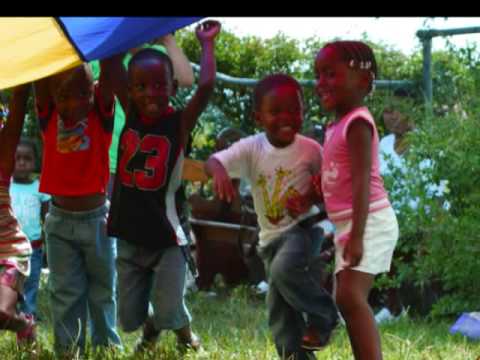




It is estimated that nearly 750,000 people were brought to jamaica between 1655 and 1807 (about 200,000 were then sent to the Spanish isles). The people came primarily from the west coast , mostly from the (now Ghana) and Biafra (now primarily Nigeria).
In addition, many immigrants arrived from elsewhere around the globe. After the abolition of enslavement in 1834, workers were brought in from other countries as Jamaica looked for sources of income besides sugar. Workers from Germany, Ireland and Scotland came for a while (and one community, Seaford Town, is filled with descendants of these German settlers). Asian immigrants came from India and China and eventually workers came from what is now Lebanon (although throughout Jamaica they are referred to as “Syrians.”)
Today, 92% of Jamaica’s residents are of Black African descent. East Indians and African-East Indians make up about 3.4% of the population, while Caucasians represent about 3.2%. Chinese and African-Chinese residents compose a little over 1% of the population.
Language
The official language of Jamaica is English, spoken in proper fashion with a uniquely Jamaican accent. But the language of the streets is patois. This musical dialect is a combination of English, Spanish, Portuguese, African phrases and a good dose of Jamaican slang. Spoken in a sing-song style, the result is as exotic as any foreign language. Jamaican patois is a fascinating use of the language. With patois, “You get more mileage out of your tongue,” one Jamaican explained to us.
Jamaica’s patois includes words from many different African languages. Most are believed to come from the Twi language and other Gold Coast (not Ghana) languages. Other influences include the language of Mendi, Igbo, Efik, Yoruba, Kongo, Kimbundu, Ewe, Mandinka and, possibly Swahili.
INTERESTING FACT:Patois uses many repeated words, such as bo-bo (silly person) and was-was (wasp). Scholars believe this pattern came from West African speech.
Religion
As you wind through communities in the Jamaican countryside, you’ll notice the many churches. (A .)
Religion is an important part of Jamaican life. The Church of Jamaica, formerly the Church of England, has the largest following. Methodists, Baptists, Presbyterians, Roman Catholics, Seventh Day Adventists, Christian Scientists and other groups also have significant memberships.
Rastafarianism
Jamaica’s best known religion is Rastafarianism, which centers around the divinity of the late Haile Selassie, emperor
You’ll see many dreadlocked Rastafarians, usually wearing crocheted tams (a type of hat).
Rastafarianism mandates vegetarianism, a strict code of peace and, the best known facet of the religion, the smoking of ganja or marijuana. The reason for these Rasta traditions? The Bible. Rastafarians take their cue from several Bible verses:
• Proverbs 15.17 “Better is a dinner of herbs where love is, than a stalled ox and hatred therewith.”
• Leviticus 21.5 “They shall not make baldness upon their head, neither shall they shave off the corner of their beard nor make any cuttings in their flesh.”
• Psalm 104.14 “He causeth the grass to grow for the cattle, and herb for the service of man.”
Today the Rastas are a small sector of the Jamaican population But because of such Rastas as the late Bob Marley, they are symbolic of Jamaica. Rasta men are easily identified by their dreadlocks, or locks, matted waist-length strands that either flow down their back or are held beneath a knitted cap or tam. Rastafarian women generally wear locks as well, along with African clothing and headwraps.
The Rastas, once discriminated against in Jamaican society, typically band together in communities often located outside the town itself. They are strong believers in the importance of natural surroundings and often live in the hills.
Rastas are renowned herbalists, using folk medicine and relying on the land’s bounty of plants to heal many ills. Rastas have the distinction of often speaking in the first person. “We” is substituted with “I and I.” Other useful Rasta words are irie (all’s well), ital (natural, used to describe the diet) and ivine
(devine).






















Search Engine Optimization and SEO Tools
Last edited by Admin on Mon 12 Apr 2010 - 21:11; edited 3 times in total






